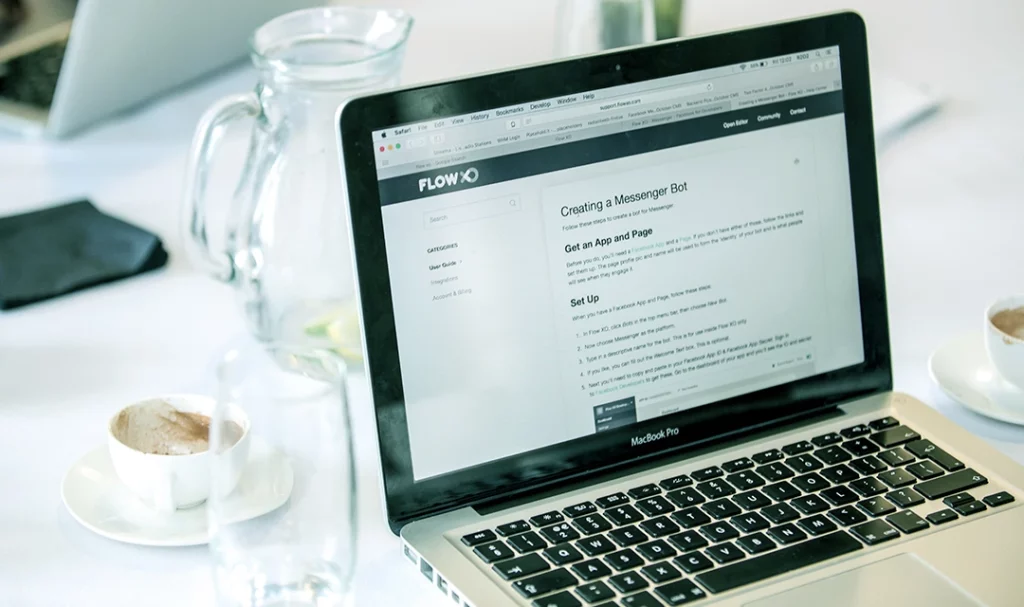WordPress empowers you to add an extensive range of functionality to your website using plugins, but sometimes you may require a custom plugin that meets your specific needs. This guide walks you through creating a simple custom plugin for your WordPress site.
Table of Contents
ToggleStep 1: Set up a Development Environment
To create a custom plugin, you need to set up a development environment on your local computer. You can use a program like XAMPP or MAMP to do this. Install and configure the program to create a local web server environment.
Step 2: Create a New Plugin File
Navigate to the WordPress plugins folder in your development environment and create a new subfolder for your plugin. Within that folder, create a new PHP file with a unique name for your plugin. The file should start with the standard WordPress plugin header comment that includes the plugin name, description, and author.
Here’s an example of the plugin PHP code from the guide:
<?php
/**
* Plugin Name: My Custom Plugin
* Plugin URI: https://example.com/plugins/my-custom-plugin/
* Description: A brief description of the plugin.
* Version: 1.0 * Author: John Doe
* Author URI: https://example.com/
* License: GPL2
*/
This code creates a new WordPress plugin named “My Custom Plugin” and includes the plugin header information required by WordPress.
Step 3: Add Custom Functionality
Add the custom functionality you need to your plugin file. You can do this using standard PHP code or by using WordPress actions and filters to modify existing WordPress functionality.
Step 4: Test Your Custom WordPress plugin
Once you have added your custom functionality, test your plugin by activating it on your local WordPress site. Make sure that the plugin is working as expected and that there are no errors or conflicts with other plugins or themes.

Step 5: Publish Your Custom WordPress plugin
If you are satisfied with your plugin, you can publish it to the WordPress plugin repository for others to use. Submit your plugin to the WordPress Plugin Directory and wait for it to be reviewed and approved by the WordPress team.
Conclusion
Creating a a plugin is an excellent way to add the specific functionality you require to your WordPress site. By following these simple steps and testing your plugin thoroughly, you can create a as many as that meets your exact needs.you can explore aslo our Featured Plugins





